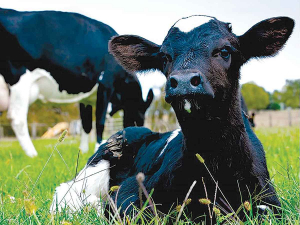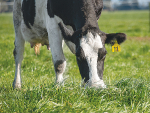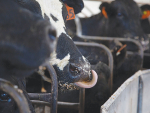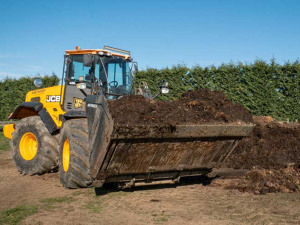Calves with nutritional scours are often still bright, and their faeces are not smelly or bloody. It can be prevented by ensuring dietary changes are slow and that feeds are suitable for that age of animal. Most nutritional scours resolve without specific treatment within a few days, but electrolytes can help prevent dehydration.
Scours can also be caused by viruses, bacteria, protozoa, or parasites. Infection occurs orally when calves are exploring a new environment. Many of these infectious organisms can be found at low levels in the faeces of healthy adult cows, which means calves will be exposed from birth –reinforcing the importance of good colostrum management.
Prevention of contagious scours requires good colostrum management, well designed calf sheds with freely draining bedding and meticulous hygiene with milk preparation and feeding equipment. It also requires a rapid response should a calf become sick.
Having a hospital pen, where sick calves can be isolated until they are let outside can be an effective component in preventing further spread of disease. Make sure to interact with the sick calves last and thoroughly disinfect equipment before using it with healthy calves. Testing of faecal material by your local vet can be a useful method to identify the cause of scours and appropriate animal health interventions to reduce further disease spread.
Vaccination of pregnant cows against common diarrhoea causing pathogens will boost antibody levels in their colostrum. However, this will only help if calves are getting their first feed of colostrum in a timely manner.
Calves suffering from scours lose fluids and salts, and don’t absorb the sugars they need for energy. This can cause alarming weight loss and dehydration. Therefore, lost fluids and salts must be replaced as soon possible to maintain calf energy.
A good quality oral electrolyte at therapeutic levels during the diarrhoea and recovery period is the most efficient way to ensure optimum calf health
Oral electrolytes are lower in energy than milk, so milk feeding should be continued during the scouring period
Calf rehydration
It’s important to feed both milk and electrolytes during rehydration. Ideally feed 2L of milk followed by 2L of electrolytes. These feeds should be 4 hours apart as the electrolytes can interfere with milk digestion.
Key points
• Use high-quality electrolytes to ensure a balanced intake of salts and energy
• Electrolytes can be offered via a teat feeder, trough, bucket or tube feeder
• Warm feeding (38°C) is recommended to increase voluntarily drinking











